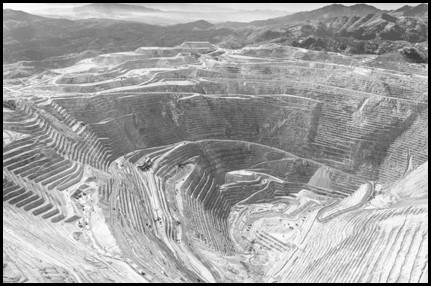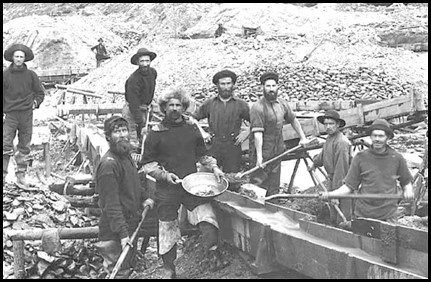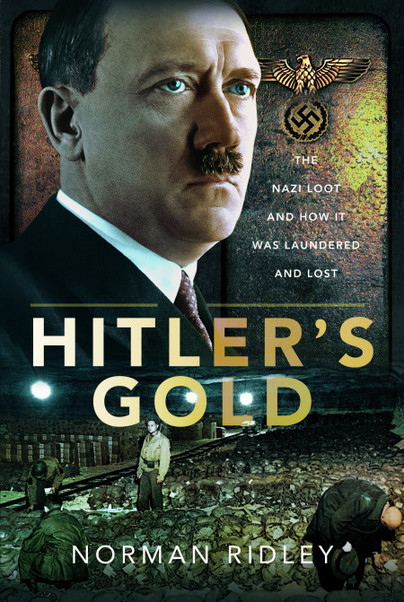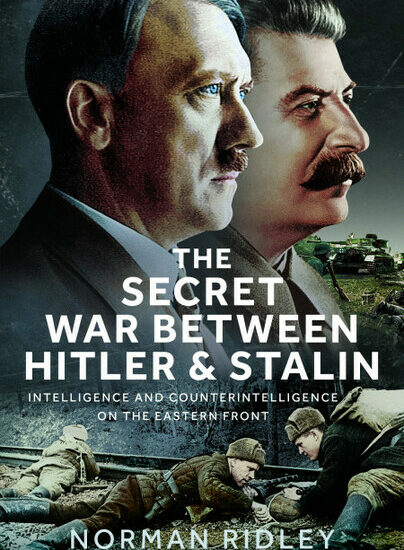Author Guest Post: Norman Ridley
Hitler’s Gold
How much gold has been found in the world since it was first discovered and where is it all now?
Gold has been treasured since ancient times for its beauty, malleability and resistance to degradation. Unlike other metals, which need to be extracted from their ores, gold exists in the environment as the pure metal. It is found as anything from tiny specks up to large nuggets. It rarely reacts with other chemicals, which also explains why it does not tarnish in air like silver or rust like iron. This is because it has an equal number of electrons and protons which balances its electrical charge and its outer ‘shell’ of electrons is full. It is very difficult, although not impossible, to strip off any of these electrons or add any extra and it is the exchange of electrons that causes atoms to react with others. The first material discovered by medieval alchemists to react with gold was a mixture of concentrated hydrochloric acid and nitric acid in water called aqua regia. Because of its unique qualities, gold has been the one material that is universally accepted in exchange for goods and services.
The World Gold Council who describe themselves as ‘the world expert on gold’ estimated that in February 2023 there had been 208,874 tonnes mined throughout history of which some two-thirds had been mined since the end of the Second World War. This gold is currently distributed as follows; 46% Jewellery, 22% bars and coins, 17% in central banks, and 15% other. Most of that gold has come from just three countries: China, Australia, and South Africa. The United States ranked fourth in gold production in 2016. If every single ounce of this gold were packed together in a cube it would measure no more than around 22 metres on each side. Most of the gold that is used these days goes into the manufacture of jewellery, but it is also an essential industrial metal that performs critical functions in computers, communications equipment, spacecraft, jet aircraft engines, and a host of other products. Until recent times, it was considered essentially a monetary metal, and most of the bullion produced each year went into the vaults of government treasuries or central banks.
When paper currency was introduced in the 17th century, its value had to be backed up by an equivalent wealth of gold so countries needed to maintain a store of gold for both economic and political reasons. That is no longer the case but governments still like to hang onto huge stacks of gold bullion as a hedge against hyperinflation or another economic calamity. Every year, governments try to increase their gold reserves.
Immediately prior to the Second World War, and during the first months before the German invasion of France and the Low Countries, many countries shipped their gold reserves to the U.S. to keep them out of German hands. Later the US offered to hold onto it in exchange for dollars resulting in reports that between 90% and 95% of the entire world’s gold reserves lay in American vaults. This system began to crumble when the President of France Charles de Gaulle heralded the collapse of the Bretton Woods system by trading dollars in for gold from the Fort Knox reserves after which US President Richard Nixon was forced to take the US off the gold standard, ending the dollar’s automatic convertibility into gold. After 2018, Russia increased in its gold reserves by selling US Treasury bonds to buy bullion. Today the value of gold depends on supply and demand.
The largest single source of gold in history has been the Witwatersrand Basin of South Africa which accounts for roughly 30% of all the gold ever mined. Next come the Mponeng mine in South Africa, the Super Pit and Newmont Boddington mines in Australia and Indonesia’s Grasberg Mine. Gold is widespread in low concentrations in all volcanic rocks but large masses of gold-bearing rock rich enough to be called ores are not common. Veins enriched in gold form when the gold was carried up from great depths with other minerals. It can occur as deposits called lodes, or veins, in fractured rock. It may also be dispersed within Earth’s crust. Most lode deposits form when heated fluids circulate through gold-bearing rocks, picking up gold and concentrating it in new locations in the crust. Chemical differences in the fluids and the rocks, as well as physical differences in the rocks, create many different types of lode deposits. Over millions of years, gold flakes and nuggets worn away from veins are swept into bodies of water. The heavy gold settles in streams, lakes and river beds as well as on the sea floor.
Witwatersrand Gold Mine
The main processes that result in gold deposits are;
- Mineral-rich superheated water emerging from vents in the seafloor when small amounts of gold are deposited along with other minerals when it cools.
- Deposits which are laid down as the result of volcanic activity.
- Chemical interactions between hot fluids and sedimentary rocks.
- Hydrothermal fluids flow into spaces in rocks during the mountain building process.

Klondike Gold Prospectors ca. 1890
The nineteenth century saw a number of ‘gold rushes’ when deposits were discovered that were relatively easy to work. The first significant ‘strike’ in the US was in Cabarrus County in North Carolina in 1799 and then a second was the Georgia Gold Rush in 1829 but it was not until 1848 that the country saw the great California Gold Rush in the Sierra Nevada. Australia saw various gold rushes during the second half of the 19th century, the biggest being in New South Wales and Victoria in 1851. In South Africa, the Witwatersrand deposits were discovered in the Transvaal in 1886 and led to the founding of the city of Johannesburg. By 1896, South African was producing 23% of all the gold mined in the world. The gold mine at El Callao in Venezuela was opened in 1871 and was, for a time, one of the richest in the world.

Order your copy here.

